California’s Point Reyes National Seashore: Balanced Between Cleanliness and Threats
Text and photos by Jesús Antonio Pascual Álvarez
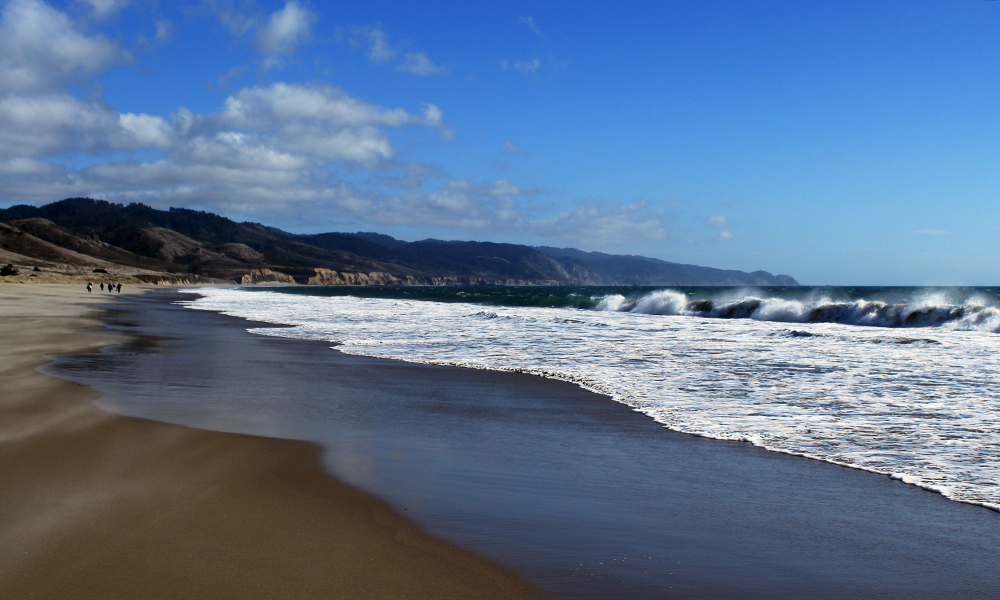
Point Reyes National Seashore, 50 kilometers north of San Francisco, protects more than 1,500 species of plants and animals and includes 130 kilometers of coastline.
POINT REYES STATION, California—On a bright October day, the Point Reyes National Seashore seems clean and unspoiled. But it is steadily invaded by trash from the San Francisco Bay Area and Asia, said integrative biologist David Ackerly of the University of California, Berkeley, during a field trip at the World Conference of Science Journalists 2017.
Walking on the shore was a daring experience for science writers, because the temperature was cold and the wind blew strongly. But unlike on many other Pacific Ocean beaches, we found no bags or plastic bottles, no tires or food waste, much less any dead animals.
And indeed, according to a report from the U.S. National Park Service, the coast along Point Reyes is one of the cleanest beaches in California. But to maintain these conditions, every week several volunteers must collect the trash that reaches the coast.
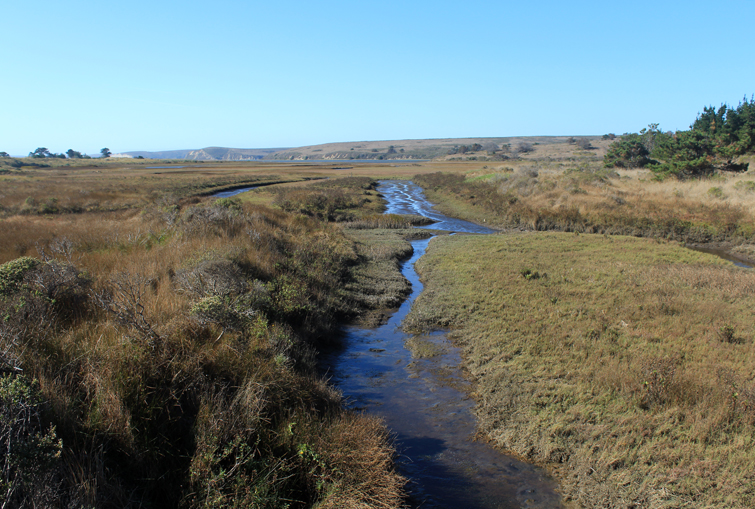
The seashore encompasses nearly 30,000 hectares of dunes, sandy and rocky beaches, grasslands, Douglas fir and Bishop pine forests, wetlands, coastal chaparral and lakes.
Plastic bottles are the most common garbage they gather every week, said director Ben Becker of the Pacific Coast Science and Learning Center at Point Reyes Station.
"Every year, at least 8 million tons of plastic end up in the oceans as a result of our consumption."
This problem is much more severe in areas of the global ocean that have become dead ends for plastic pollution. For instance, a 19 April paper in Science Advances reported hundreds of thousands of pieces of plastic per square kilometer in parts of the Greenland and Barents seas in the Arctic.
“Every year, at least 8 million tons of plastic end up in the oceans as a result of our consumption,” the United Nations Environment Programme recently reported. “Marine species and ecosystems are seriously affected, coastal economies are damaged and the impact on human health can be dramatic.”
Since 1972, almost 800,000 volunteers have collected more than 18 million pounds of trash during the International Coastal Cleanup, conducted by the Ocean Conservancy.
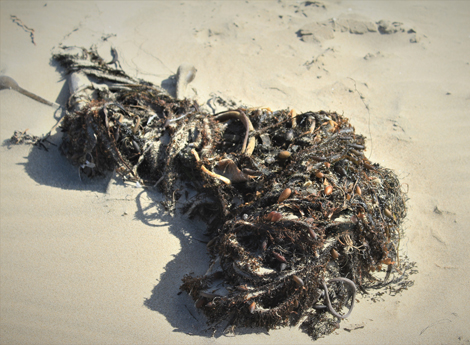
The beaches at Point Reyes frequently are named as some of California’s cleanest. It is rare to find plastic debris or dead animals. Instead, there is natural waste from the sea.
At Point Reyes, said Ackerly, protection policies have intensified. Fishing is closely regulated along the coast, and it is forbidden to let pets run loose or to harass seals, sea lions and birds.
As a pending part of the University of California Natural Reserve System, Point Reyes is a center of study for researchers to explore the effects of global warming on plants, terrestrial wildlife, seabirds and maritime animals.
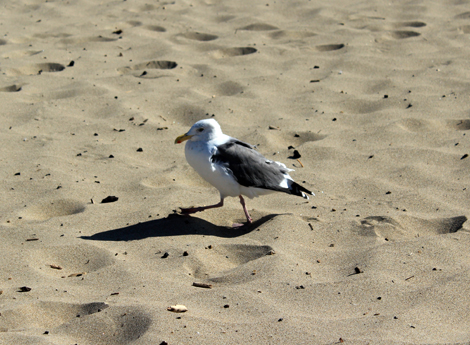
Ecologists have recorded 490 bird species at Point Reyes, attracted to the diversity of habitats and the shape of the peninsula itself, which acts as a geographic magnet to birds.
The U.S. Geological Survey predicts that higher sea levels could erode beaches and coasts, submerge wetlands, and threaten buildings and archaeological sites at Point Reyes and other national sites.
Increased temperatures may make this area uninhabitable for many species of plants and animals that currently thrive there. Winter storms may grow frequent and powerful, raising flooding and erosion to historic levels. Wildfires are also a risk.
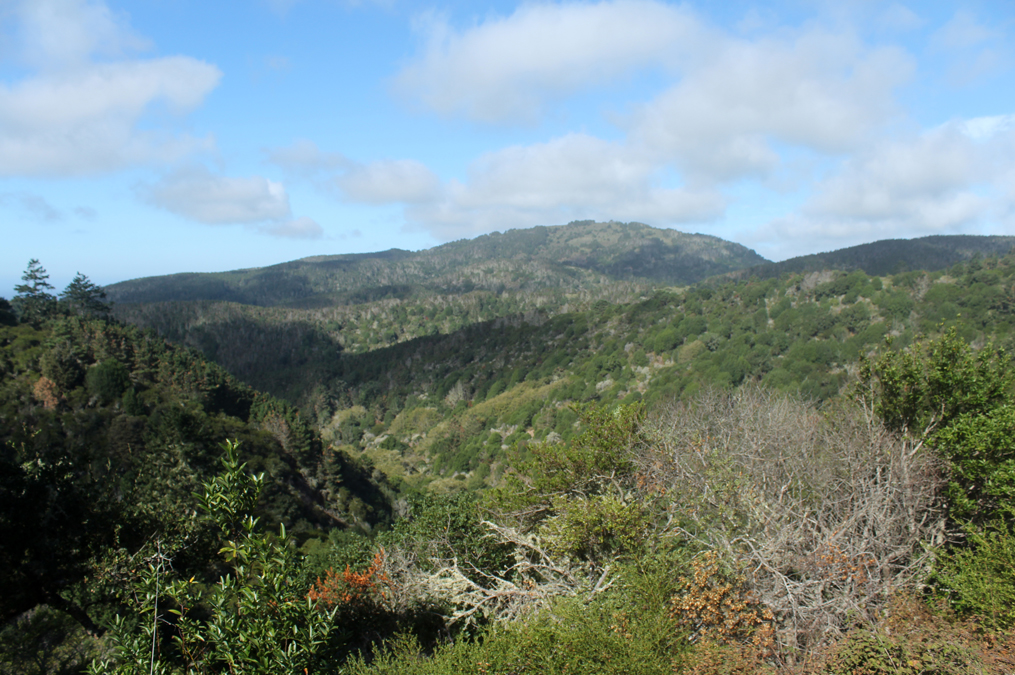
In 1995, the Vision Fire scorched sparsely populated land between Tomales Bay and Drakes Bay. Today this area is being reforested and closely monitored.
The coast of Point Reyes is still among the cleanest beaches we can visit. But without a stronger culture of environmental awareness, efforts to keep it pristine may be in vain.
—
Corrections: An earlier version of this story incorrectly stated that fishing at Point Reyes is forbidden. The story also stated that Point Reyes is part of the University of California Natural Reserve System; that designation is pending.
—
Jesús Antonio Pascual Álvarez received a degree in communication from the Universidad Juárez Autónoma de Tabasco, Mexico. He worked at the Science and Technology Council of the State of Tabasco, and he plans to use science journalism to help the citizens of his state make better decisions. Follow him on Twitter @AntonioJScience
